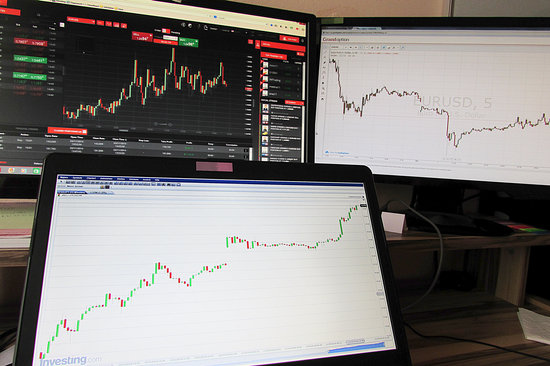EFFECT4buildings project partner State Real Estate company will carry out 1.5-year energy monitoring test from hourly based energy use data from five test buildings. Energy monitoring main aim is to answer the question: can detailed energy monitoring decrease buildings energy cost or not and does the systems own cost exceed the revenue achieved?
Although we live in the information age, we still find real estate managers who store their monthly energy data to handwritten books. It is not rare that accountants have the best overview of the energy performance and consumption of the building through making energy related payments. It was not long ago when property managers, owners and tenants of the building had no overview of the energy use and large energy fluctuations were visible by reference to consumption costs only. Today’s situation has fortunately been greatly improved and building managers have better tools to do energy consumption analysis. Most of the experienced facility owners use specific facility management IT-systems to store monthly readings where overconsumption is discovered by property managers while inserting previous months data.
State Real Estate also use an information system for maintenance departments to store monthly based energy usage data. The monthly energy data allows us to compare buildings with similar usage (e.g. school buildings, kindergartens etc.) and detecting possible anomalies and unnormal consumption fluctuations. If there are not enough buildings to compare, a simple spreadsheet program will also help. But there is one flaw – energy usage data is collected with monthly delay, small differences can go unnoticed and readings are not often collected at the same times, which in turn increases the risk of not being detected in time. Depending on the size of the building, a small cost of overconsumption could mean thousands or even tens of thousands of euros increase in the cost of maintenance of the building and the undue use of the environmental resources surrounding us. In this case the effects must be dealt by our children and grandchildren.
Increasingly more sophisticated building automation systems allow better data monitoring and recordings. New remotely operated energy meters do not require any more local readings and thus help save time and money. Alas, processing huge amounts of data in simple spreadsheet programs is time-consuming and complex. To simplify this issue, there are several specific energy monitoring solutions which contribute to a high volume of energy data. In addition to the analysis the information systems generate automatic reports and display in real time building related necessary information. In addition, the applications also have the so-called “built-in artificial intelligence” which allows you to set up different algorithms to inform the building’s technical personnel about excess energy usage. Internal algorithms allow also to measure the profitability of an energy-performance investment and contribute to the increasing uptake of energy performance contracts (EPC). An energy performance contract is a type of contract that enables the owner of a building the guarantee of savings and investment from the contractor.
State Real Estate will test smart energy monitoring systems in five buildings models (three schoolhouses and two office buildings). Responses are sought particularly to following questions:
- Will hourly data monitoring allow to detect early energy over consumption?
- Is the investment on the data less than the financial savings achieved?
- What are the options for implementing the monitoring system and the main barriers in existing public buildings?
- How will real estate managers, users and technical staff of the building take in a new solution?
In the case of successful results, we will consider how to ensure more optimal management of central government buildings in order to reduce our ecological footprint and save taxpayers money and without any concessions for the environment.
Analysis is carried out and test solution setup is performed with the help of engineers from DeltaE. Activities are funded by State Real Estate and Interreg Baltic Sea Program 2014-2020 EFFECT4buildings project budget.
Author: Mikk Maivel, State Real Estate Ltd













